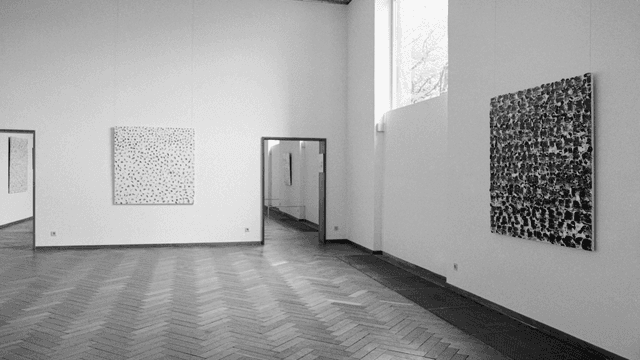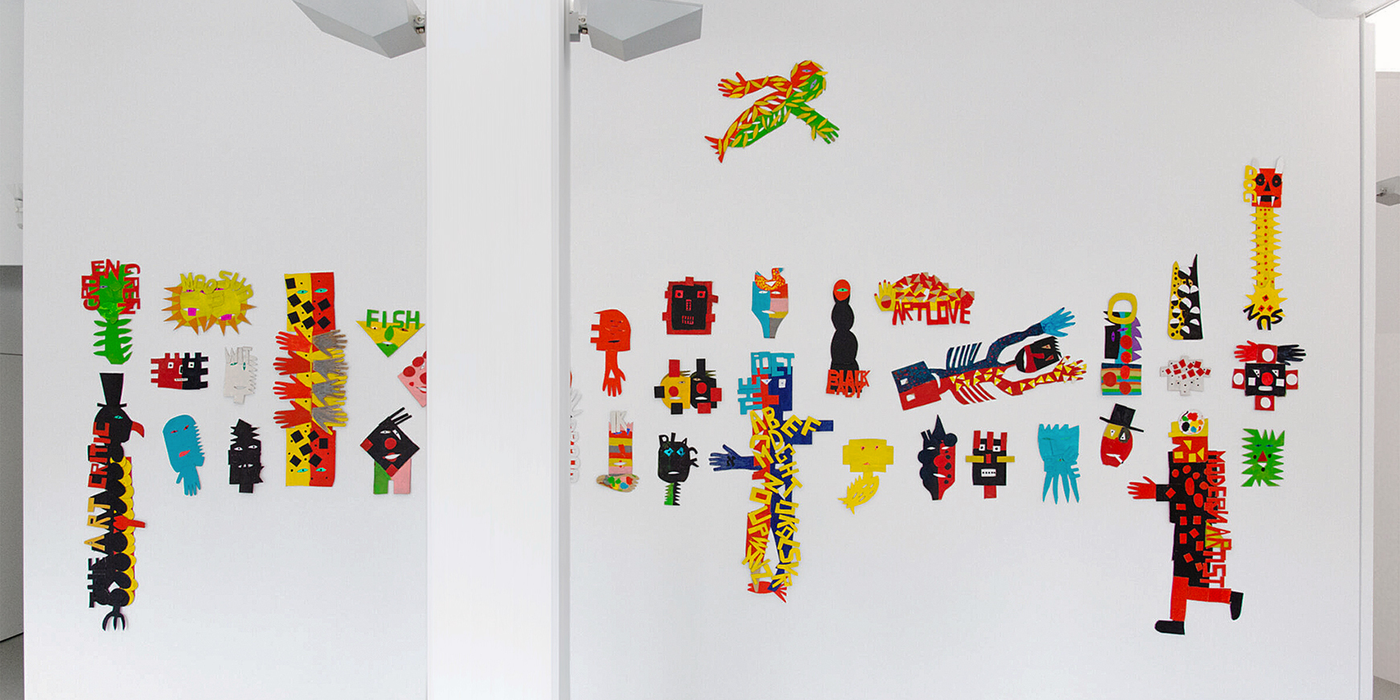
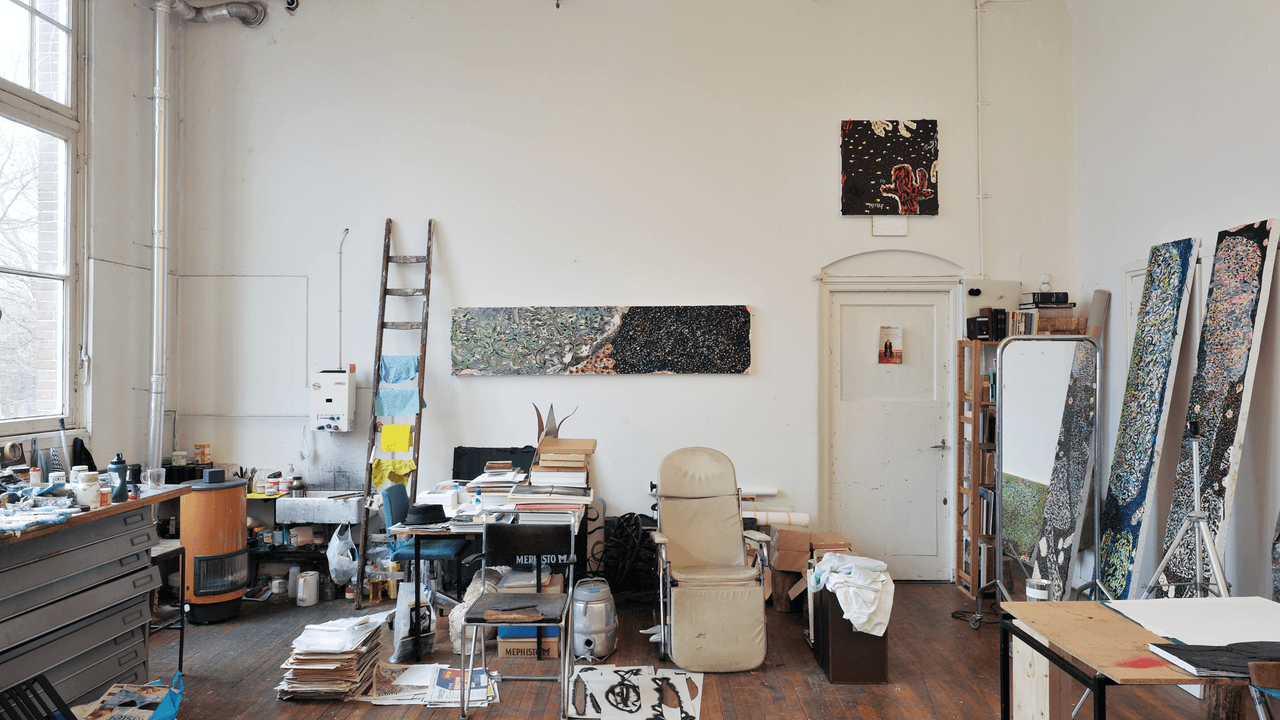

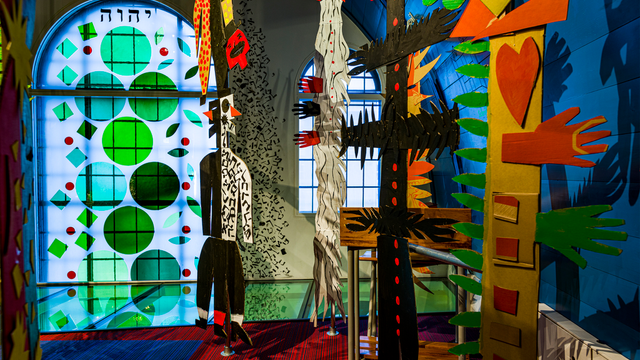
Eli Content
Dream Forest
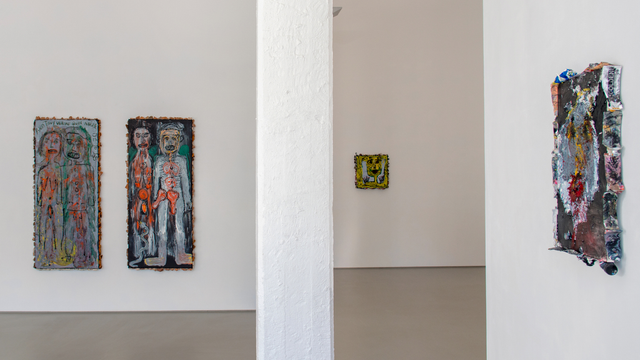
Eli Content
A Mensch
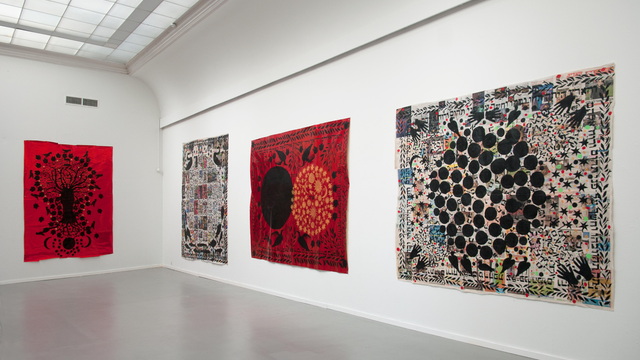
Eli Content
Au Commencement
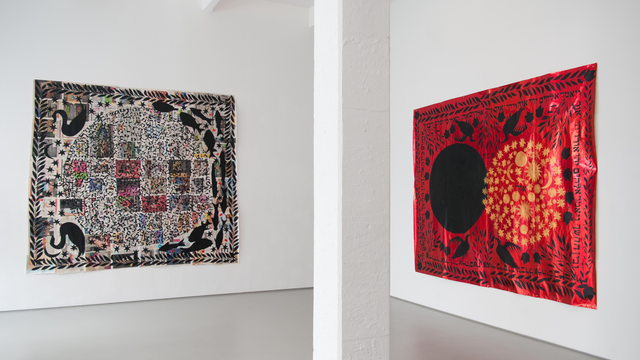
Eli Content
Au Commencement
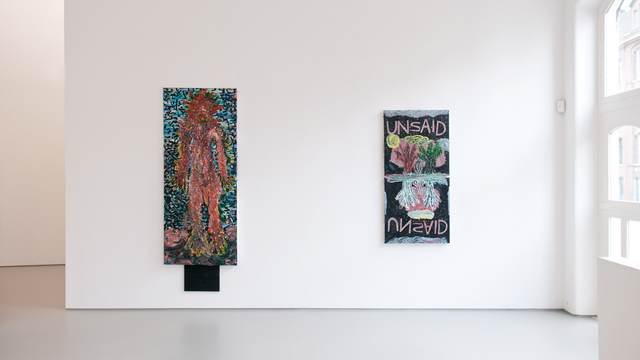
Eli Content
To Begin at the Beginning

Eli Content
It's Not a House... It's a Home. The World According to Content
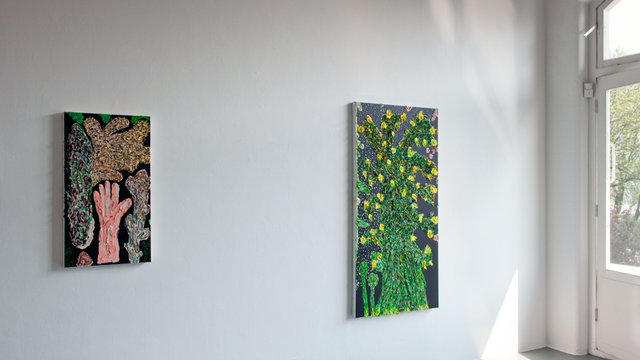
Eli Content
Exhibens Icones Vegetabilum
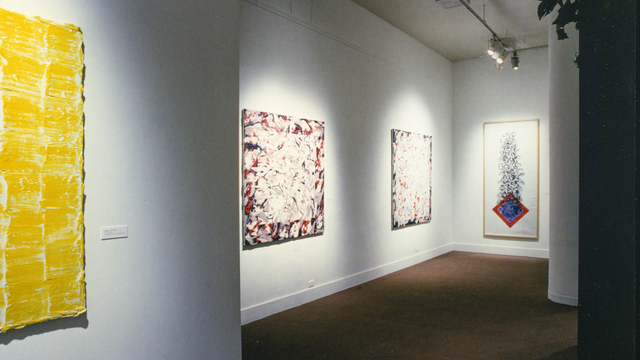
Eli Content
Jewish Museum New York, 1990
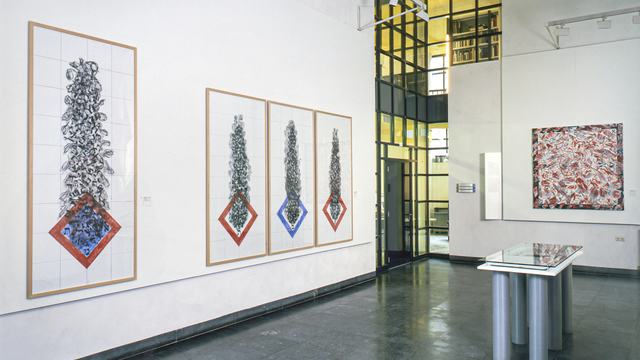
Eli Content
Joods Historisch Museum, 1989
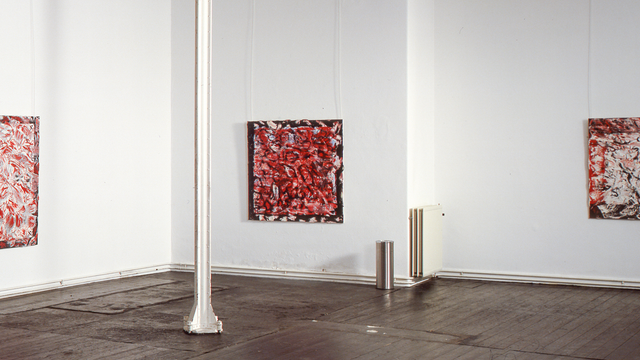
Eli Content
Galerie Nouvelles Images, 1989
